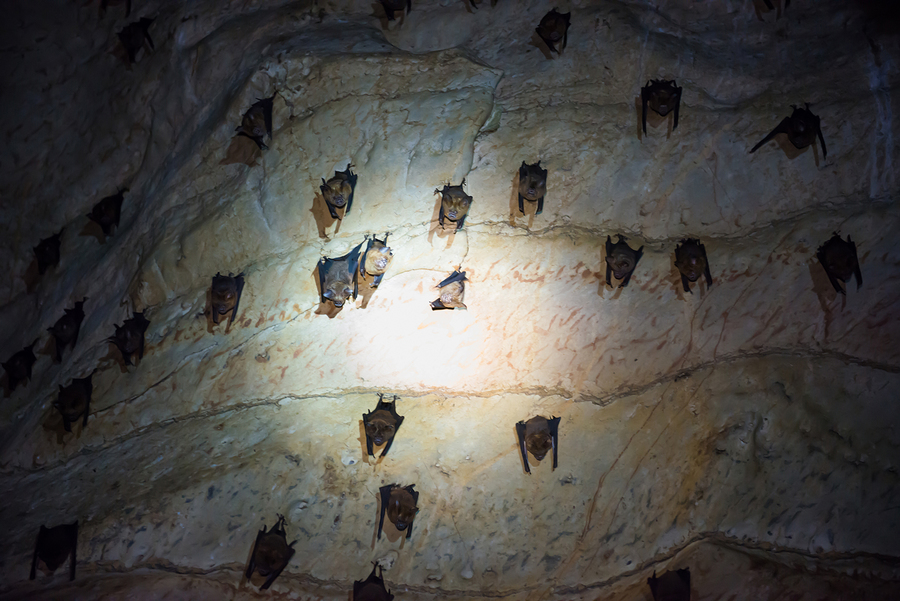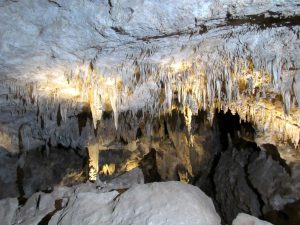White-nose syndrome (WNS) is a serious and deadly disease that affects species of hibernating bats. Millions of bat populations have already been wiped out due to this deathly syndrome, which is immensely sad considering the high ecological and economic importance of bats. Fortunately, there are valiant efforts currently being made to slow the spread of, and eventually put a stop to, this terrifying bat disease.
Continue reading to learn more about what’s being done to save our bats from White-nose syndrome.

White-Nose Syndrome (WNS)
The White-nose syndrome (WNS) diseases is caused by a fungus called Pseudogymnoascus destructans (Pd). This fungus appears in the form of white fuzz or powder around the snout of bats, hence its moniker. Because Pseudogymnoascus destructans grows best in cold, dark, damp locations, hibernating bats are prime collateral damage since they tend to inhabit caves and similar areas with cold, damp conditions.
White-nose syndrome fungal spores can survive on surfaces for an extended amount of time, and can spread rapidly among bat colonies throughout the country. One of the first discovered cases of white-nose syndrome occurred back in 2006, when a cave explorer took a picture of a bat in a cave outside of Albany, New York. Today, the disease in found in bat populations all across the United States.
Current Efforts to Find a Solution
Although various bat populations have been affected by this deadly diseases, the top three species that suffered the most include Northern long-eared bats, Little brown bats, and Tricolored bats. Unfortunately, there is no cure for white-nose syndrome, but efforts are continuing to preserve and protect our healthy bat colonies from becoming infected.
Currently, vaccines are being tested, and several experimental treatments are being implemented, to find a solution to this ecological problem. Furthermore, studies are being done to investigate and evaluate the spread of white nose syndrome, and learning how to make positive environmental and habitat changes for bats.
Nuisance Bat Problems
Bats are an incredible mammal, and offer numerous benefits to our surrounding environment and ecosystems. However, if you are experiencing nuisance bat problems, contact a Kentucky bat removal and control company for safe and humane service.
Louisville Bat Removal and Control Company To Call
Call 553-502-7622 for prompt and professional 24 hour bat removal and control in Louisville, Kentucky and its surrounding areas. We are DNR licensed bat removal contractors that offer safe and non-lethal, 24 hour bat extraction and exclusion services for residential and commercial properties. We also provide bat cleanup and minor attic restorations for bat damages too. Request a free estimate, anytime.



